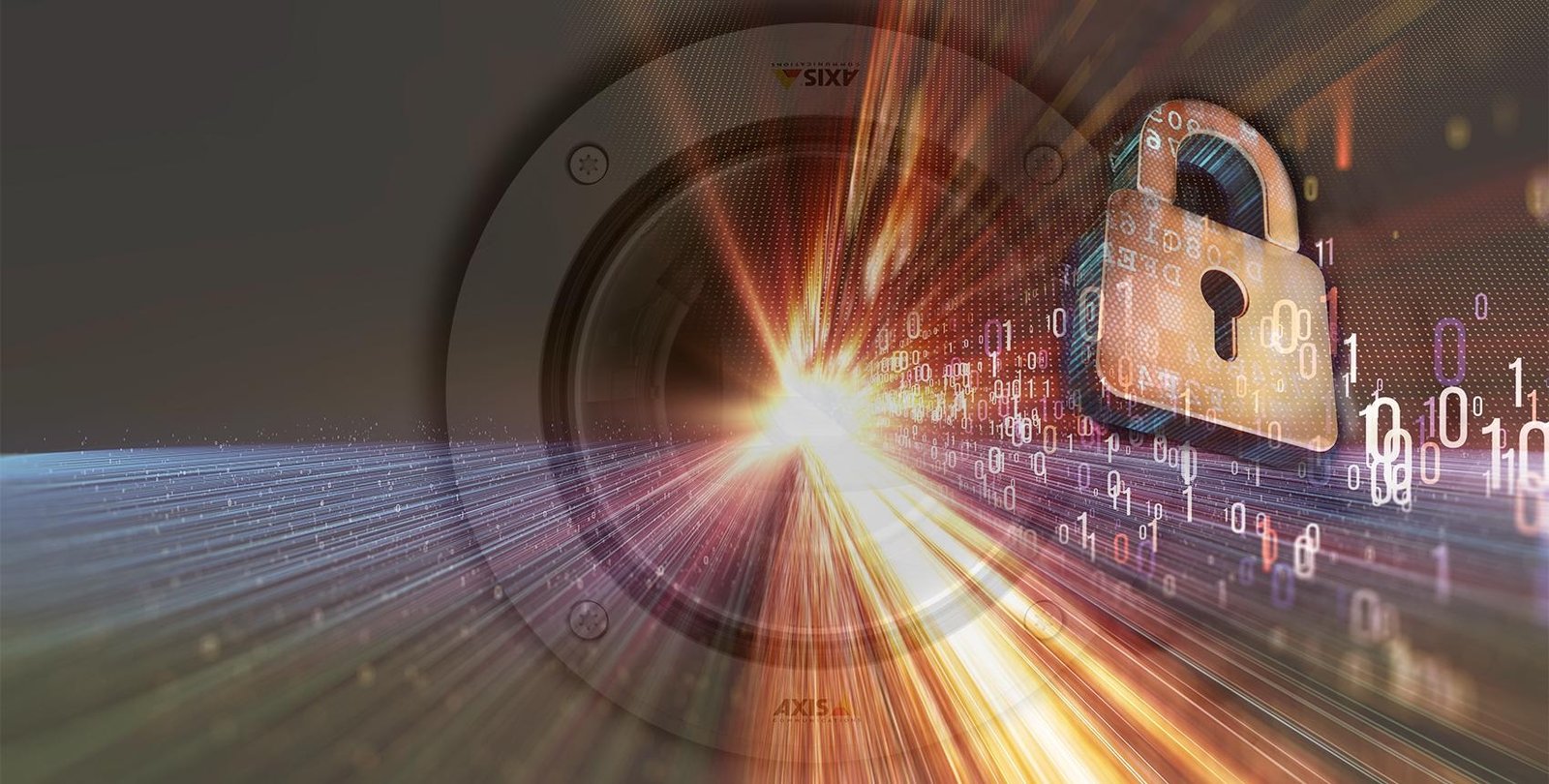
Axis Communications launches open source project for video authentication
Axis Communications is sharing an open source reference design that will provide the surveillance industry with an open method for video authentication and verification. Axis itself will implement this in its own cameras as signed video.
 Peter Friberg, Director, Solution Management at Axis Communications, explained the company’s approach: “There are some aspects of the surveillance industry that are so fundamental that we believe cooperation is essential, and that an open source project is the most effective way to collaborate. Ensuring that video recorded by surveillance cameras is authentic and hasn’t been tampered with is one such area. Any questions over the authenticity of video can be used to entirely undermine a specific investigation or prosecution, while also undermining trust in the value of video surveillance more broadly. The video authentication project addresses this issue.”
Peter Friberg, Director, Solution Management at Axis Communications, explained the company’s approach: “There are some aspects of the surveillance industry that are so fundamental that we believe cooperation is essential, and that an open source project is the most effective way to collaborate. Ensuring that video recorded by surveillance cameras is authentic and hasn’t been tampered with is one such area. Any questions over the authenticity of video can be used to entirely undermine a specific investigation or prosecution, while also undermining trust in the value of video surveillance more broadly. The video authentication project addresses this issue.”
The open source reference design can be used by surveillance camera manufacturers and video management software vendors as a straightforward method to establish the authenticity of video footage produced, without requiring physical access to the camera and working even when in offline mode. In their own cameras, a manufacturer is required to use tamper-resistant hardware to store a unique product ID and sign the video.
Axis has released documentation which covers the framework in detail, and which will become the starting point for partners to implement a unified method for video authentication. Software libraries together with documentation from the video authentication project are available on GitHub.
Signed video delivers authentication for Axis surveillance cameras
Axis has created signed video as its own implementation of the open source authentication software. Available in Q2 2022, signed video will provide trust and assurance to Axis customers that video has been untampered with since leaving an Axis surveillance camera.
Signed video adds a cryptographic checksum to the video, which is then signed by the Axis device ID supplying proof that the video was produced inside a specific Axis camera.
Within Axis cameras, signed video uses the Axis Edge Vault hardware component, a secure cryptographic compute module which can be used for cryptographic operations on securely stored certificates. Axis Edge Vault provides tamper-protected storage, enabling each device to protect its secrets and establishing a foundation for safe implementation of more advanced security features.
Axis Edge Vault protects the unique Axis device ID, a collection of certificates including a digitally signed version of the globally unique serial number of the Axis device. It also securely stores sensitive data and provides for secure execution of applications. It offers secure device authentication using the standardized method IEEE 802.1AR.
“We believe that signed video represents the most effective way to authenticate video: by adding a signature at the point of capture, and tying that to the camera’s unique ID through Axis Edge Vault, any subsequent tampering will become obvious. Sharing the video authentication software as open source with the surveillance industry will allow similar approaches from other manufacturers to become a standard for video authentication,” continued Friberg.